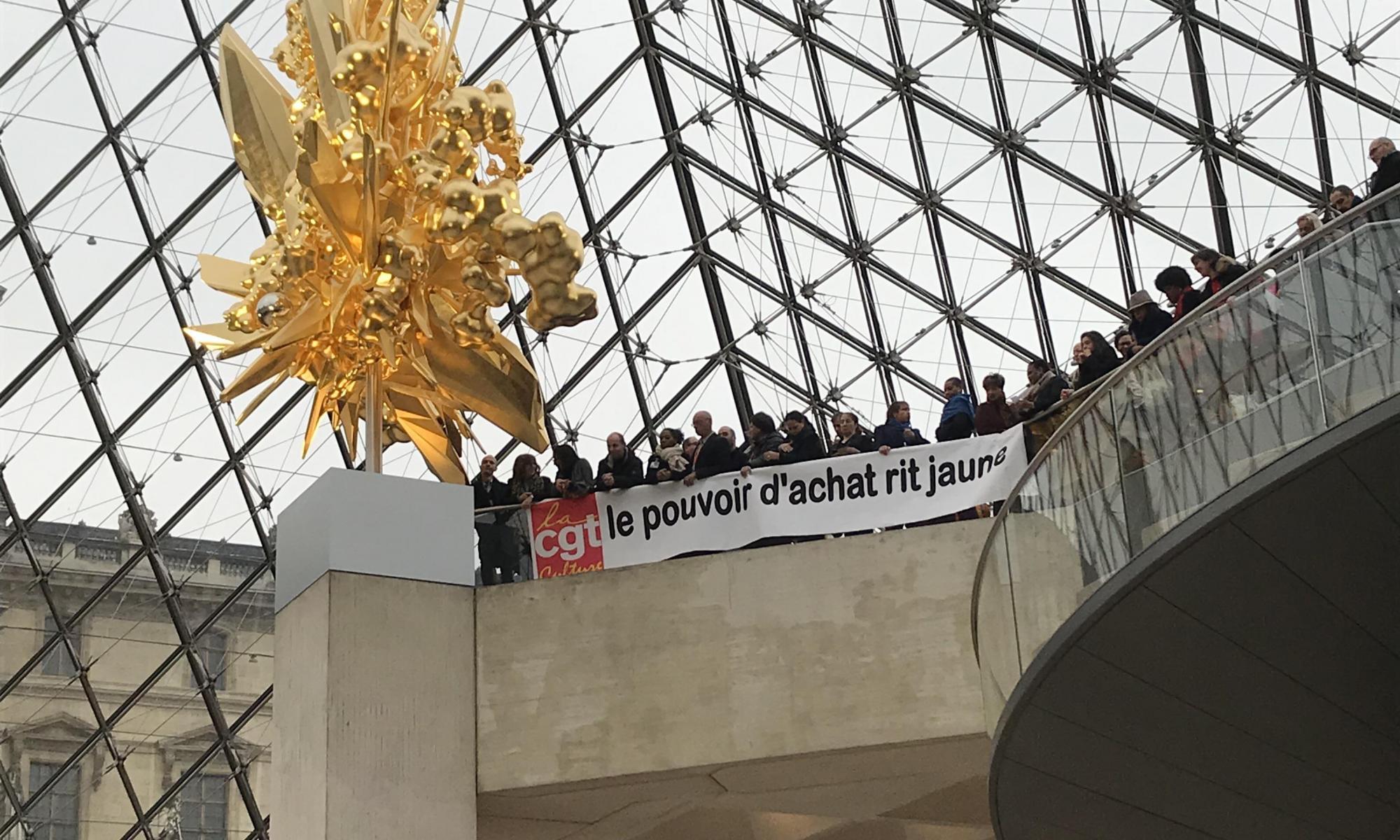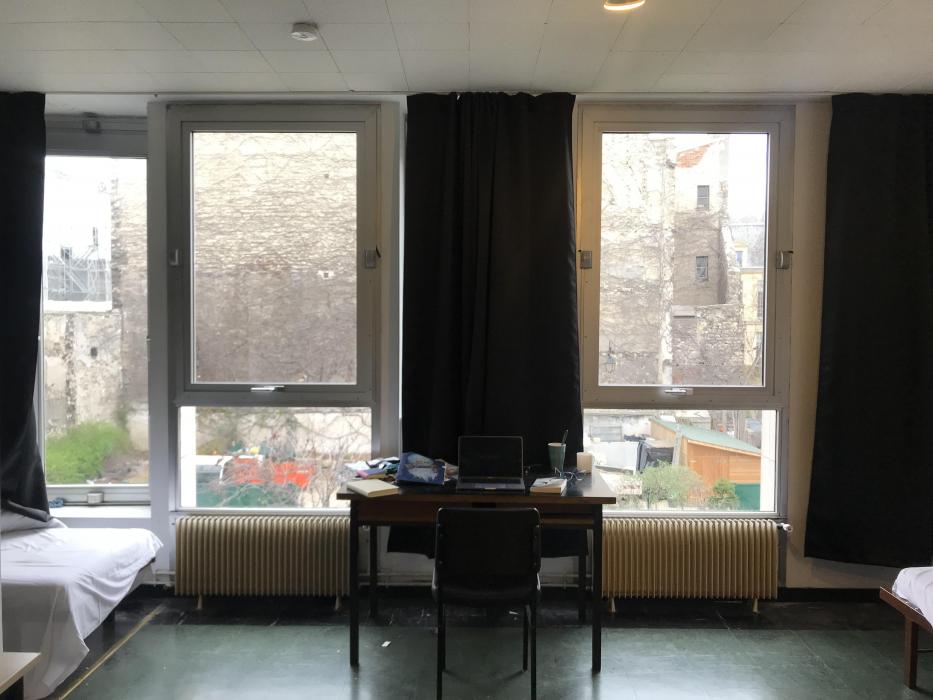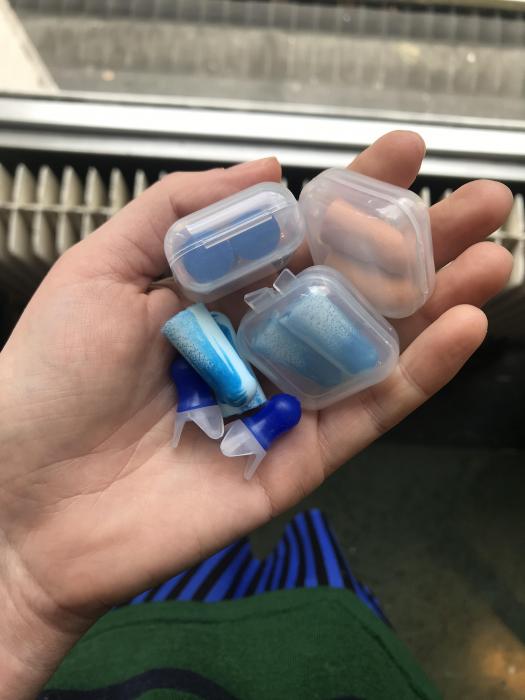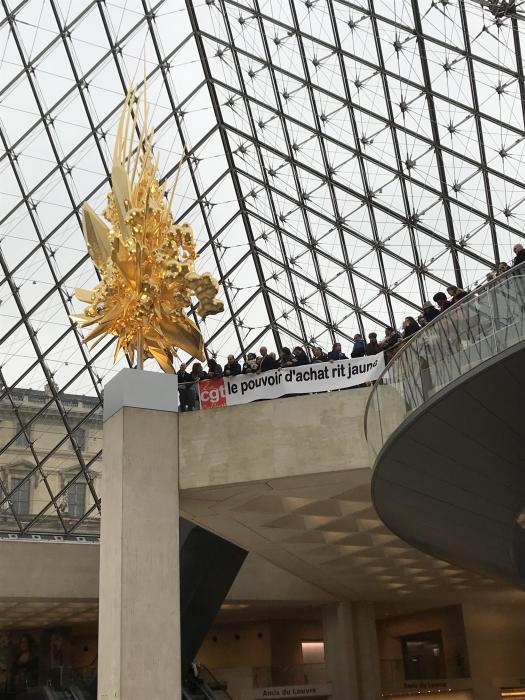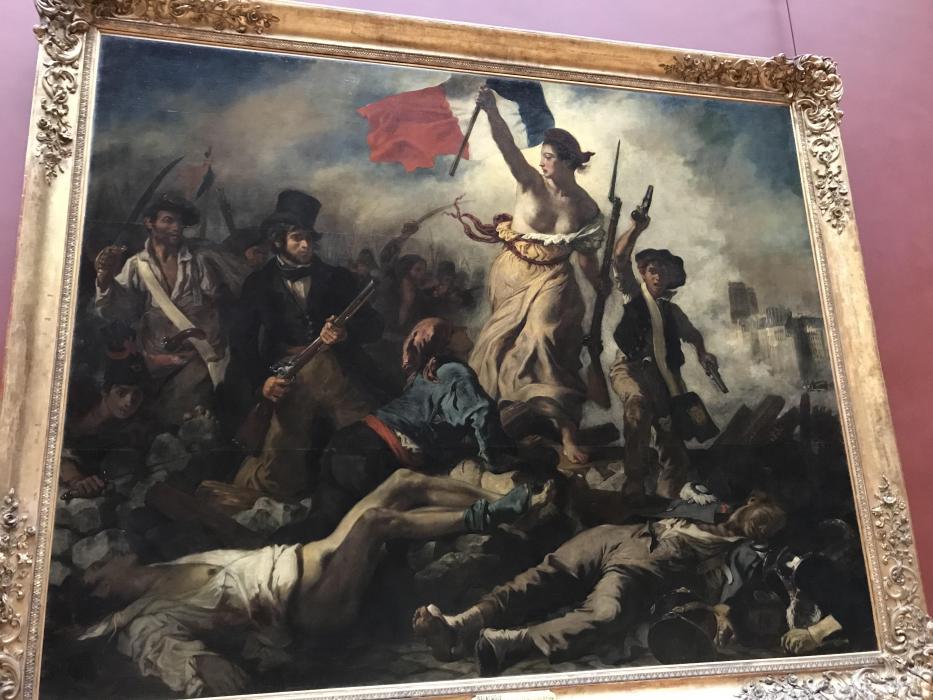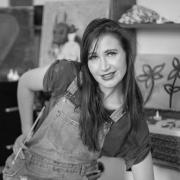Lalangue at the Louvre
The proletarian spectre is again haunting Europe in the garb of a yellow hi-vis vest: Paris’ Gilets Jaunes protest economic injustice by taking to the streets in yellow vests. Meanwhile, it is very difficult to dissuade oneself that the Cité Internationale des Arts in Paris is not literally haunted. Ghoulish moans echo through the darkly labyrinthine forest green hallways. Is it the ghost of Utopian modernism, trapped in the internationalist aspirations of the sparse modernist architecture? Probs not. Listen closer and the moans and rattling chains sonorously morph into the familiar scales of vocal warm ups, operatic vibratos, and on occasion, The Baby Elephant Walk played on what sounds like a xylophone. This last one I don’t actually mind. Unluckily for me, it seems Opera singers of diverse expertise outnumber percussionists at the Cités Marais residency site.
As someone traveling in a country where the language is unfamiliar, I cannot help but confront the voice is its object form. I’m really only getting the phoneme half of the sign, and whist I can detect that there is meaning, I don’t parlez-vous that français. This is revealed by my facial expressions long before I mutter an impotent ‘je ne comprends pas’. However it’s certainly not a language barrier that I am taking issue with when I knock on the music room doors at exactly 22:00 hours when its lights/ larynx off for the night.
The voice has an affective surplus beyond communicative intent. This is Jacques Lacan’s lalangue, where speech serves ‘jouissance’ instead of direct communication. While word play and alliteration are difficult to translate, lalangue is not always untranslatable. There is an experiential component, and this is what struck me when I visited the Louvre. I had stumbled onto a group of yellow-vested protestors in the annex room, which intersects all the galleries like the midpoint on an asterisk. French protest chants reverberated off the marbled surfaces and I was deeply moved by what I had encountered. I even teared up a little. My emotions might have been impacted by the literally freezing cold, or the jetlag, or maybe some subconscious brainwashing initiated by my exposure to Les Misérables: The Musical but I felt such a profound solidarity with these French protestors.
A single voice, both muffled and magnified by a megaphone, was met with a fervid plurality of voices in return. If you have ever been to a protest it is likely you can recall a moment when the call of an individual person was met with the impassioned response of the many. This structure is synonymous with protest because it creates continuity between a single, tangible person and the myth of ‘The People’. It is also why the form is so popular with Fascists.[1] I became aware of just how much I had idealised the protesters, who had draped a big banner that I google translated: ‘Buying power laughs yellow’. Ok so… what are they talking about?
I had inferred that it was something to do with labour conditions or remunerations at the Louvre, given that it was inside the building’s confines rather than on the street, and I was somewhat familiar with the concerns that the yellow vest has come to metonymize, much like the Revolutionary red cap 240 years prior. Not all the staff were protesting though, which made me suspect this is something to do with subcontracting. I asked a security guard who was still on the clock: ‘qu’est-cue que ça veut dire?’ (it is a cruel irony of audio language guides that you are taught to ask a question to which you can nearly never understand the answer). He shrugged and rubbed his thumb and fingertips together in the globally comprehensible sign for cash. I showed my gratitude and understanding in the equally univocal gesture of smiling and nodding. There was a mutual understanding of the limits to understanding.
I asked the audio guide vendor who told me it had nothing to do with the gilet jaune, which was confusing for me seeing as how they were all wearing yellow vests and had the word for yellow in their banner. Museum workers can get busy and irritable with inquisitive visitors, especially dealing with crowds at the Louvre, and especially during a stop work protest that you are definitely not taking part of. It seemed the most reasonable option left to me was to accept my ignorance and go and check out some of the protest imagery for which there was an accompanying audio guide. I searched Liberty Leading the People and made my way back into the galleries. As the voices of today’s protesters faded away, I remained unsettled by my encounter with the voice in its object form. It is not just the Cité that is haunted, all calls to insurrection are haunted by what has gone wrong in the past–the ghosts of the guillotine and the gulag. I am disturbed by the political ambivalence of the voice without comprehensible linguistic content, and doubtless I will still be disturbed when I make my way to the music rooms at exactly 22:00 hours tonight and ask politely if they could keep it down, s’il vous plait.
[1] This observation derives from the work of Slovenian philosophers Slavoj Žižek and Mladen Dolar in their respective analyses of Chaplin’s The Great Dictator.
NB: I hope my jesting noise complaints are not taken as a sign of ingratitude. I am truly very grateful to the organisations that supported my undertaking of this residency and I would like to state my sincere thanks. This project was supported by the NSW Government through Create NSW. I would also like to acknowledge the support of the Art Gallery of NSW in awarding me one of the Dr. Denise Hickey Memorial Studio Residencies.

